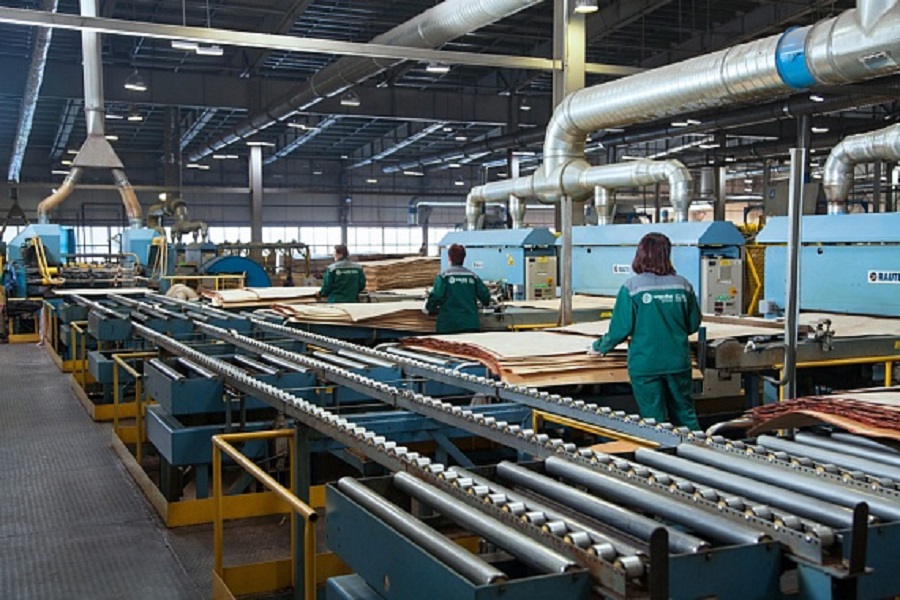Segezha Group's Vyatka plywood mill in Kirov, Russia is successfully implementing methods of lean production and efficiency improvement; working groups are being established to identify production-related problems and ways to tackle them. Economically sound improvement suggestions of employees are taken into account while implementing production processes, and innovators receive financial rewards.
Thus, starting this spring a working group for efficiency improvement acts in the longitudinal ply shop. The main task of the group is to counteract a critical defect on high grade veneer, which is known as “pinhole”. By “pinholes”, experts mean pinpoint damages of a surface layer of finished products.
The root cause of the defect was analyzed amid materials, equipment and production technologies. It turned out that the products were damaged by the harvesting equipment and rollers of bark peeling machines as well as by conveyors while being crosscut and peeled. The improvement suggestion implied the adjustment of the program, which controls operations of a log storage conveyor, closure of chain conveyor dents and extension of crosscutting of the front edge.
In January, before the working group was set up, the “pinhole” defect reached its peak value of 14.66%. In April-May, the percentage of such defective products dropped down to 0.95%. As a result, the output of high-grade plywood at the mill increased by 9% on average, and the amount of veneer used for patching purposes upon grading and separation of A-grade products dropped by 9%. The so called “percentage of grade compliance” on the patching line increased by 10%.
